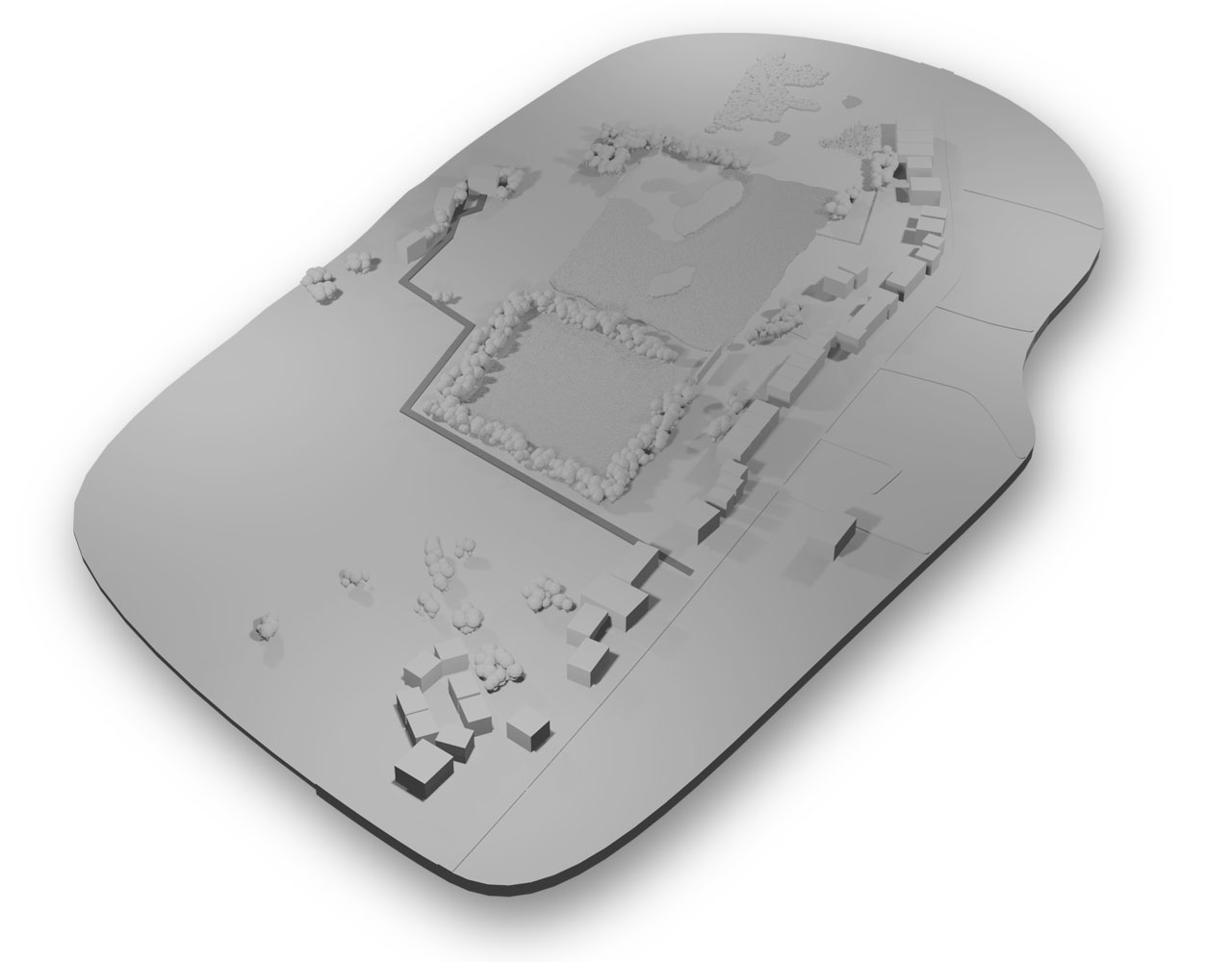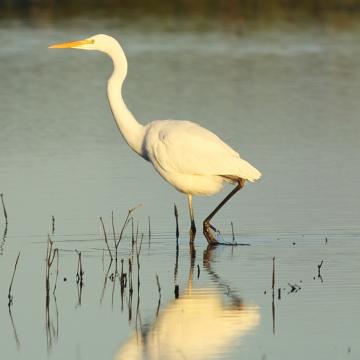Ardea alba
Scarce
Summary
The great white egret is a large tall, white egret (similar in size to the familiar grey heron). In recent years, it has become more common in the UK and we were delighted to spot one on the wetlands' Island Lake recently. You will often spot it standing in the shallows looking for food. It typically eats fish, insects and amphibians. They are most common in the south east and East Anglia, but increasingly they can be found anywhere in the UK, including here in Lancashire. Many now winter in the UK and you never know, we may be lucky enough to have a pair nest here one day too. Do you know how to tell if the Great White Egret is breeding? Its bill will turn from yellow to black. The tops of its legs will also change from yellow to a rusty red!
Great White Egret facts and statistics
• Length 94cm
• Wingspan 155cm
• Diet: fish, insects, amphibians
How to identify
A very elegant looking bird, the great white egret has a long neck and long legs and a wonderful white plumage. Its large dagger type bill is yellow and helps it to catch fish and amphibians. The tops of the legs are yellow, with black lower legs and feet.
Conservation status
No concerns
Habitat
Widespread
• Freshwater
• Wetlands
Great White Egret sightings at Grimsargh Wetlands



